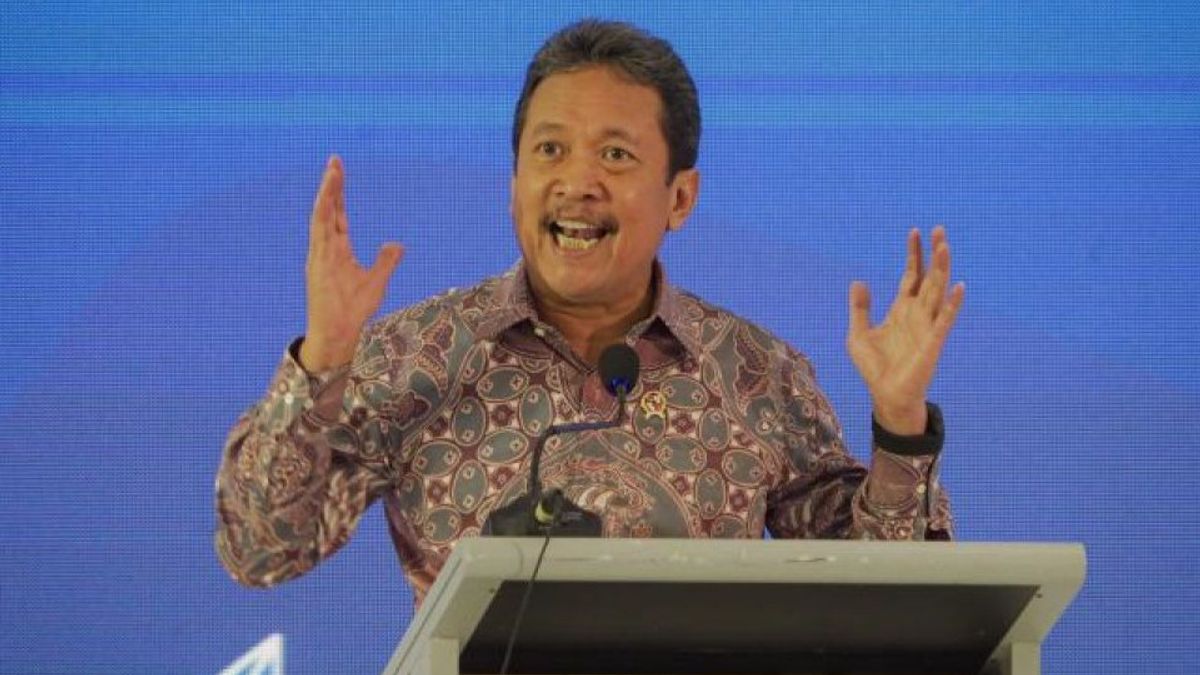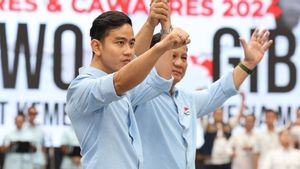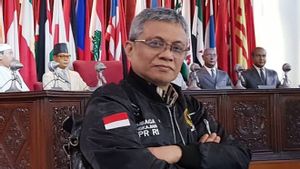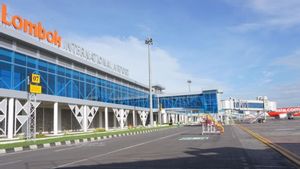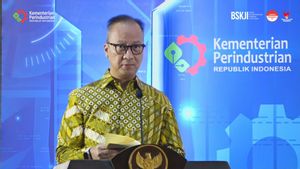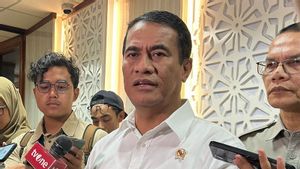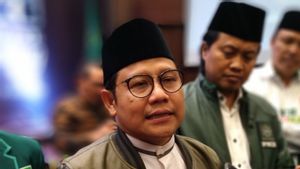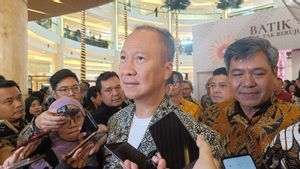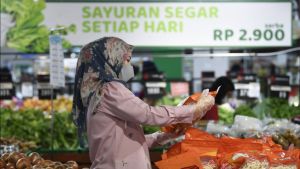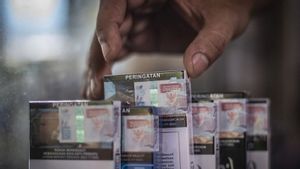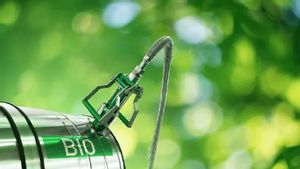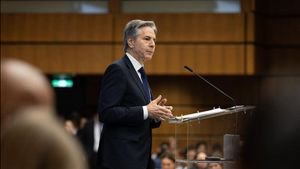JAKARTA - Minister of Maritime Affairs and Fisheries Sakti Wahyu Trenggono said the blue economy policy echoed by the Ministry of Maritime Affairs and Fisheries (KKP) has a big goal in realizing Indonesia is equivalent to developed countries such as Canada, the US, Europe and others.
He explained, through five blue economy policies, the fishing community is expected to always implement it so that the domestic marine and fisheries sector increases.
Trenggono explained that the first blue economy program is to expand the marine conservation area, which is targeted to reach 30 percent of the area's expansion, which aims to maintain the sustainability of fishery resources.
"The conservation room must be properly guarded, because that's where the colony is naturally. If it is damaged, captured in the colony there, the future will automatically disappear," Trenggono said in Sentul, West Java, quoted from Antara, Friday, September 27.
The second is measured fishing (PIT) based on quotas which he admits have drawn a lot of protests. In fact, according to him, this program is an effort to maintain the sustainability of fishery resources by not taking various types of fish carelessly.
"So it's really measurable, what types of fish can be taken, not all types of fish are taken," he said.
Third, the sustainable development of cultivation in the sea, coastal and land as well as supervision and control of coastal areas and small islands must be maintained because this is related to economic space, one of which is marine tourism.
The fifth is a policy that includes cleaning up plastic waste at sea through the participation movement of fishermen or the sea love moon (BCL) which is driven together with the participation of fishermen so that fish caught in Indonesia are free from microplastic content.
SEE ALSO:
During his four years serving as Minister of Maritime Affairs and Fisheries, Trenggono also explained that he had presented a number of modeling or pilot projects that included regional-based shrimp farming (BUBK) in Kebumen, Central Java; regional-based seaweed cultivation modeling in Wakatobi, Southeast Sulawesi; modern fishing village modeling in Samber-Binyeri village, Biak Numfor, Papua and Paarn Island, Lampung Province.
The presence of this modeling is expected to be an example for local governments, as well as the private sector in implementing cultivation so that it is able to boost the production of a number of leading commodities from Indonesia.
The English, Chinese, Japanese, Arabic, and French versions are automatically generated by the AI. So there may still be inaccuracies in translating, please always see Indonesian as our main language. (system supported by DigitalSiber.id)
